The long story of the “Atlantic Code”
At the Rotary Club “La Malpensa”, Don Alberto Rocca, of the venerable Ambrosian Library, told the fascinating story of the Leonardo-style code.
This year, 2009, sees the publication in instalments of the Atlantic Code, 1119 pages collected into 12 volumes, making up the largest collection of Leonardo Da Vinci’s drawings and writings. Yesterday, at the Rotary Club “La Malpensa”, Don Alberto Rocca, son of member, Francesco, and academic at the venerable Ambrosian Library, where the precious work is kept, spoke about it. “We are proceeding with the work of taking the support apart, and putting it back together, in a way that does not affect the original papers,” he declared. The work entails removing the spine and dissolving the mercuric chloride-based glues that were applied in the period 1962 – 1972, when the Code was reassembled from the single volume, into the current 12 volumes by a process of cutting and pasting. “The choice made at the time was by no means a brilliant one,” commented Don Rocca, “even though there has never been the technology to ensure perfect preservation over decades or centuries.
The thick manuscript, which was pillaged by Napoleon in 1796, and returned in 1815, is called the Atlantic Code because of its size (64.5 x
It is only thanks to the efforts and the perseverance of Pompeo Leoni that they were later recovered, collected and organized into two binders: the first contained 640 drawings of human anatomy, the second contained more than a thousand sketches of the secret arts and machines. “Just as Leonardo was an attentive scholar, of human physiognomy, one of the first, ” the priest explained, “he was also a genius and an extraordinary inventor, who would have had difficulty producing his projects given the existing technology.” Furthermore, he added, “he was more a military engineer than a painter”, given that he moved to Milan and offered to make attack weapons, such as mortars, and defences, such as ramparts.
This latest collection (the other one is in the UK, “paid for, not stolen, as in the case of the French”) is the one bought by Galeazzo Arconati for about 3000 Spanish ducats (today, these would be worth several million euros”) and then it was donated to the Ambrosian Library in 1637. “This means,” he ended, “that even then, the Library enjoyed such status of respectability among the Milanese” as to justify such a present.
La community di VareseNews
Loro ne fanno già parte
Ultimi commenti
Alberto Gelosia su Ilaria Salis candidata alle europee con Alleanza Verdi Sinistra nel collegio NordOvest
lenny54 su I no vax sono tornati a colpire in provincia: imbrattati i muri della redazione di Varesenews
malauros su I no vax sono tornati a colpire in provincia: imbrattati i muri della redazione di Varesenews
Felice su I no vax sono tornati a colpire in provincia: imbrattati i muri della redazione di Varesenews
PaoloFilterfree su A Varese Salvini prova a ricucire passato e futuro della Lega, ma Bossi non c'è
axelzzz85 su A Varese Salvini prova a ricucire passato e futuro della Lega, ma Bossi non c'è


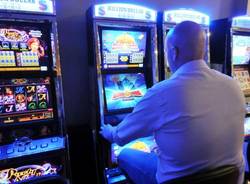

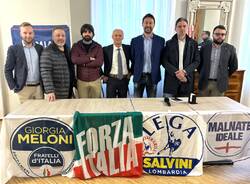
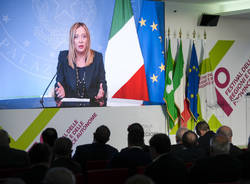
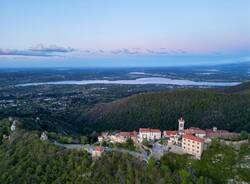
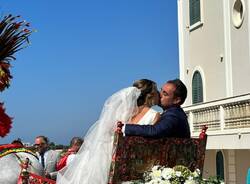






Accedi o registrati per commentare questo articolo.
L'email è richiesta ma non verrà mostrata ai visitatori. Il contenuto di questo commento esprime il pensiero dell'autore e non rappresenta la linea editoriale di VareseNews.it, che rimane autonoma e indipendente. I messaggi inclusi nei commenti non sono testi giornalistici, ma post inviati dai singoli lettori che possono essere automaticamente pubblicati senza filtro preventivo. I commenti che includano uno o più link a siti esterni verranno rimossi in automatico dal sistema.